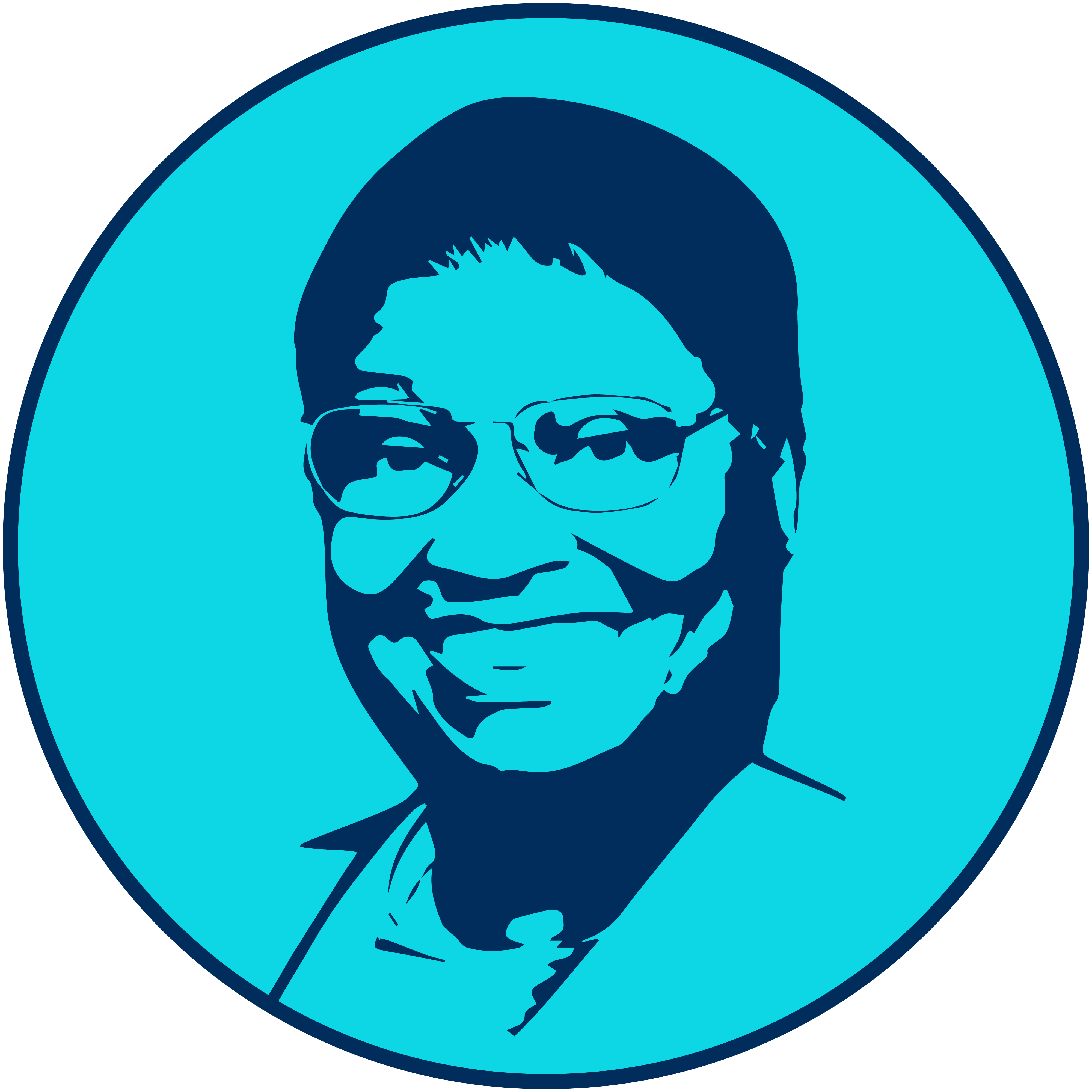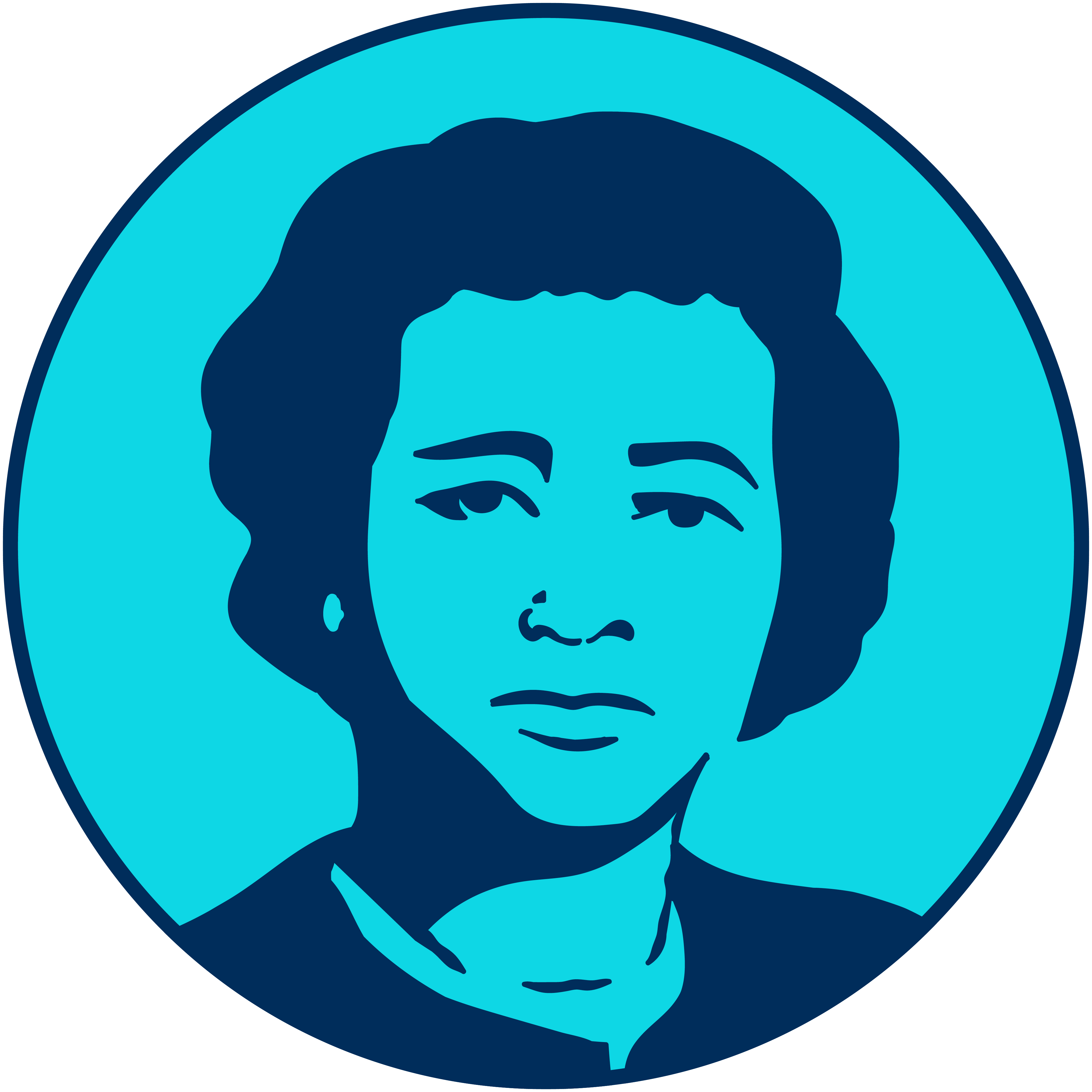Black History Month
February




Throughout the month of February, Corewell Health honors the many stories, lives and people who represent Black history.
This month, we celebrate exceptional team members and community partners who are making a lasting impact on our communities and on health. We applaud them for improving health, instilling humanity and inspiring hope for generations to come.

Alexa Irene Canady, MD
1950 - Present
Pioneer in Pediatric Neurosurgery
Alexa Irene Canady, MD, broke gender and color barriers as America’s first female and first Black person to become a neurosurgeon.
She spent most of her career at Children’s Hospital of Michigan, where, at the age of 36, she became chief of neurosurgery. She remained in that post until her retirement 18 years later. Under her leadership, the department achieved national recognition as a top pediatric neurosurgery program.
Dr. Canady also taught at Wayne State University’s School of Medicine. There, working with two others, she developed a patented programmable antisiphon shunt to treat hydrocephalus.
She was named Woman of the Year by the American Women’s Medical Association and was inducted into the Michigan Women’s Hall of Fame in 1993.
Dr. Canady retired to Pensacola, Florida, in 2001 and practiced neurosurgery part time until 2012.
She was born in Lansing, Michigan, and earned both her undergraduate and medical degrees from the University of Michigan.
Learn more about Alexa Irene Canady, MD

Aretha Franklin
(1942 – 2018)
Grammy Award-Winning Recording Artist and Music Legend
Born in Memphis, Tennessee, in 1942, “Queen of Soul” Aretha Louise Franklin proved her musical talents at a young age. She recorded her first album at age 14 and launched a legendary career that would span five decades.
Considered a symbol of Black pride, Franklin’s hits “Respect,” “A Natural Woman,” and “Young, Gifted and Black” served as anthems for those facing racial oppression. Franklin performed at the funeral of Dr. Martin Luther King Jr. and was the first woman inducted into the Rock and Roll Hall of Fame.
Franklin had the largest number of Top 40 singles of any female performer, won 20 Grammys, held 20 number one hits, and her 1967 album, “I Never Loved a Man the Way I Loved You,” is considered the greatest soul album of all time. Aretha Louise Franklin died in Detroit, Michigan, of pancreatic cancer in 2018. She was 76.
Learn more about Aretha Franklin

Charles Diggs, Jr.
1922 – 1998
American Politician and Civil Rights Activist
Born in Detroit, Michigan, in 1922, Charles Coles Diggs Jr. was the first African American to represent Michigan in Congress. An ardent supporter of civil rights and an impassioned advocate of increased American aid to Africa, he created a national legacy during his 25 years in the House. A driving force behind the creation of the Congressional Black Caucus (CBC), Diggs paved the way for an entire generation of Black political leaders.
In the 1960s, Diggs worked to lower the voting age to 18 and to aid minority businesses. He established himself on the House District of Columbia Committee and in 1973 was named chair of the District Committee. During his years as committee chairman, he spearheaded the efforts that resulted in the District receiving a Home Rule Charter. He was instrumental in the creation of the University of the District of Columbia and in the movement to declare the Frederick Douglass home in Anacostia a national monument.
Diggs attended the University of Michigan and Fisk University before joining the Army Air Corps. He resided in Michigan until his death in 1998.
Learn more about Charles Diggs Jr.

Ethelene Jones Crockett, MD
1914 – 1978
Activist and Trailblazer for Women’s Health
Ethelene Jones Crockett, MD, was Michigan’s first Black female board-certified OB/GYN, first female president of the American Lung Association and an activist for women’s rights.
She was born in St. Joseph, Michigan, and graduated from the University of Michigan. She earned her medical degree from Howard University, and after completing her obstetrics/gynecology residency in New York, she returned to Detroit, where she practiced medicine for 35 years.
She advocated for day care centers for working women, family planning and public health care. She directed the Detroit Maternal Infant Care Project and helped design the Detroit Model Neighborhood Comprehensive Health Center. She also served as a gynecologist at Grace and Harper Hospitals in Detroit.
After retirement, she became the first woman president of the American Lung Association. She was inducted into the Michigan Women's Hall of Fame in 1988.
Learn more about Ethelene Jones Crockett, MD

Eugene Shelley Browning, MD
1883 – 1955
Pioneer in Well-Baby Clinic
Eugene Shelley Browning, MD, a prominent physician, was the only African American in his 1905 class at the Detroit Medical College. He moved to Grand Rapids in 1906 and started his own medical practice, where he broke racial barriers by obtaining admitting privileges in Grand Rapids hospitals.
Dr. Browning was the first African American to serve on the Michigan State Board of Health. In 1923, Dr. Browning opened the Master’s Clinic for infants in First Community AME Church and is considered the pioneer of present well-baby clinics.
Learn more about Eugene Shelley Browning, MD

Garrett Morgan
1877 – 1963
Lifesaving Inventor, Businessman and Community Leader
Born in Paris, Kentucky, Garrett Morgan was a self-taught inventor and businessman who owned and operated several businesses, including the G.A. Morgan Hair Refining Company. In 1914, Morgan patented a breathing device (safety hood) that later became the prototype for the gas masks used during WWI. Morgan personally used this invention to rescue several men trapped in an underground tunnel below Lake Erie.
A founder of the Cleveland Association of Colored Men, Morgan pioneered the “Cleveland Call” newspaper and established himself as a prosperous and respected businessman, owning both a house and an automobile. His experiences driving through the streets of Cleveland led him to invent the nation's first patented three-position traffic signal.
Morgan died in Ohio in 1963. Shortly before his death, the U.S. government honored Morgan for his traffic signal invention and recognized him for his heroic acts during the Lake Erie rescue. His work has provided the blueprint for many important advancements and continues to inspire modern-day inventors and engineers.
Learn more about Garret Morgan

Jean-Michel Basquiat
1960 – 1988
American Artist and neo-Expressionism Movement Leader
Born in Brooklyn, New York, Jean-Michel Basquiat reached international stature and wealth in the art world at a young age. Not long after he dropped out of school at age 17, his paintings were being exhibited in galleries and museums internationally. At age 22, he was one of the youngest artists to exhibit at the Whitney Biennial in New York.
A celebrated painter of the Neo-Expressionism art movement, Basquiat’s work explored his mixed African, Latinx and American heritage. Much of his art focused on the distinction between wealth and poverty and reflected his unique position as a working-class person of color within the celebrity art world. Basquiat and American artist Andy Warhol developed a remarkably close friendship driven by a genuine mutual adoration and inspiration. Their friendship and collaborations have fascinated the art world for decades.
Basquiat died tragically at 27 from an accidental drug overdose. His highly influential work continues to impact the art world today with his large canvas “Untitled” (1982) selling for $57.3 million in 2016.
Learn more about Jean-Michel Basquiat

Joe Louis
1914 – 1981
World Heavyweight Boxing Champion and Advocate for Social Justice
Joe Louis dominated the sport of boxing, holding the heavyweight title for 12 years. His reign as champion was longer than any boxer in any weight class, before or after him. Although a talented athlete, his most profound legacy may have been his role in changing racist perceptions and actions.
In a pivotal 1938 bout, Louis faced Germany’s Max Schmeling. In the lead-up to America’s entry into WWII, the fight was billed as a contest of American values versus Hitler’s “master race.” Louis won the fight in just over two minutes. His win was celebrated by millions of Americans but was especially important to Black Americans who were suffering in segregated and oppressed communities. Throughout his life, he continued his quiet leadership by personally intervening to break down racial barriers.
Sports writers respected Louis as much for his kindness and generous spirit as they did for his boxing brilliance. Upon his death in April 1981, President Ronald Reagan said Louis was “more than a sports legend — his career was an indictment of racial bigotry and a source of pride and inspiration for people around the world.”
Learn more about Joe Louis

Malcolm X
1925 – 1965
American Civil Rights Leader
Malcolm X was one of the 20th century’s leading civil rights activists. During his formative years, Malcolm X, known as Malcolm Little at the time, lived with his parents and siblings in Lansing, Michigan, where the family faced racial bigotry and tragedy. In 1929, the Little family home burned down. Later in 1931, Earl Little, Malcolm’s father, was hit by a streetcar and died. Malcolm and the Little family held that the Black Legion, a white supremacist group with connections to the KKK, was responsible in both tragedies.
As a young man, he joined the Nation of Islam, changing his name from Malcolm Little. Early in his civil rights activism, he advocated for racial separatism. After a pilgrimage to Mecca, his philosophy shifted to a multiracial approach to social justice.
Through his fiery oratory skills and autobiography, he told of racial persecution and rebirth in a way that changed minds and lives.
“His repeated acts of self-creation spoke to me; the blunt poetry of his words, his unadorned insistence on respect, promised a new and uncompromising order, martial in its discipline, forged through sheer force of will,” President Barack Obama said.
Malcolm X was assassinated in 1965.
Learn more about Malcom X

Muhammad Ali
1942 – 2016
One of the Most Influential Athletes of the 20th Century
Heavyweight boxer Muhammad Ali captivated the world with his skill and wit, winning an Olympic gold medal and later holding the world championship title for nearly 10 years.
As a young Black man, his brash self-confidence and flair for self-promotion made him a hero to many, while others in midcentury America found him unsettling. He walked his own path, saying, “I don’t have to be what you want me to be. I’m free to be what I want and to think what I want to think.” He changed his name from Cassius Clay, which he called his “slave name,” and joined the Nation of Islam. During the Vietnam War, he was an early conscientious objector. As a result, he was banned from boxing for more than three years.
Throughout his life, he was a tireless activist for social justice and countless charities. Ali was awarded the Presidential Medal of Freedom in 2005.
Learn more about Muhammad Ali

Robert Claytor, MD
1897 – 1989
Pioneer in Affordable Care
Robert Claytor, MD, was the first Black physician on the medical staff of Corewell Health Butterworth Hospital. He was also the co-founder of the Grand Rapids Urban League. In 1936, Dr. Claytor opened his practice on the corner of Michigan Street and Monroe Avenue. He maintained the practice for over 40 years, treating all patients, regardless of their ability to pay.
In a 1987 birthday tribute recognizing his 90th birthday, his daughter, Sharon Peters, former assistant secretary for the State of Michigan, described him as “a strong, well-principled person. In his quiet way, he has done so much for people.” Among his many accomplishments, he was named Family Physician of the Year in 1976 by the Michigan Academy of Family Physicians.
Learn more about Robert Claytor, MD

Sojourner Truth
1797 – 1883
An Outspoken Advocate for Abolition, Temperance and Civil and Women’s Rights
Sojourner Truth was born into slavery as Isabella Baumfree. She was sold four times during her first 30 years before escaping her owner.
An abolitionist family bought her freedom for $20 and helped her sue for the return of her son, who had been illegally sold into slavery. She was the first Black woman in the U.S. to sue a white man and win.
She became a devout Christian, changed her name to Sojourner Truth and spent her life preaching the gospel, advocating for black women and fighting against slavery and oppression.
Truth delivered what is now recognized as one of the most famous women’s rights speeches in American history, “Ain’t I a Woman?” Her passionate activism gained the attention of President Abraham Lincoln, who invited her to the White House in 1864.
Truth lived her final years in Battle Creek, Michigan, close to three of her daughters.

